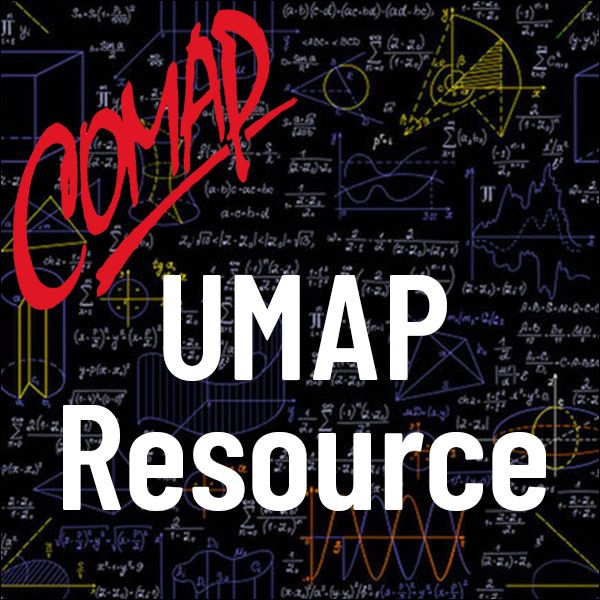Modeling CO2 Concentration
Author: Brian Hollenbeck
Introduction
One consequence of the COVID-19 pandemic was an increase in interest in the ventilation of buildings. One way of gathering information about ventilation is to monitor the carbon dioxide (CO2) level of a room [CDC 2023]. Maintaining proper ventilation in a room is important at any time of year, and there are other airborne contaminants besides viruses. Even high levels of carbon dioxide can be unhealthy. The OSHA limit for exposure to carbon dioxide is a concentration of 5000 parts per million (ppm) over an eight-hour period [Mallinger 1996]. However, headaches, slight nausea, and poor concentration can occur at an exposure level of 2000 ppm [Wisconsin DHS 2023].
The CDC recommends a CO2 concentration target of 800 ppm or less for a room to have good ventilation [CDC 2023]. The goal of the classroom project described below is to find a mathematical model for the CO2 level in a room over time.
This project is the second iteration that I have used to help students find such a model. The first attempt involved groups of students in an introductory Mathematical Modeling course, each group focusing on a specific variable and then finding a submodel for CO2 concentration. Students were then reorganized into new groups to combine these submodels into a general model. In hindsight, this approach was too ambitious, given the background and amount of time available for the project.
The project described below is an improvement for two reasons:
• The students were in a Differential Equations course and therefore had experience with so-called “mixing” problems. A mixing problem provides a natural template for students to develop their models.
• We initially focused on an idealized setting, to allow the students to more easily see the connection between the situation and the model.
Although the project assumes the above restrictions, it can be adapted for a class without familiarity with calculus through the use of difference equations. Also, given more time, students could create a more sophisticated model to fit more flexible situations. These extensions will also be discussed.
Student project handouts with tasks for this project are available at the COMAP website for this article [Hollenbeck 2024].

Mathematics Topics:
Application Areas:
You must have a Full Membership to download this resource.
If you're already a member, login here.